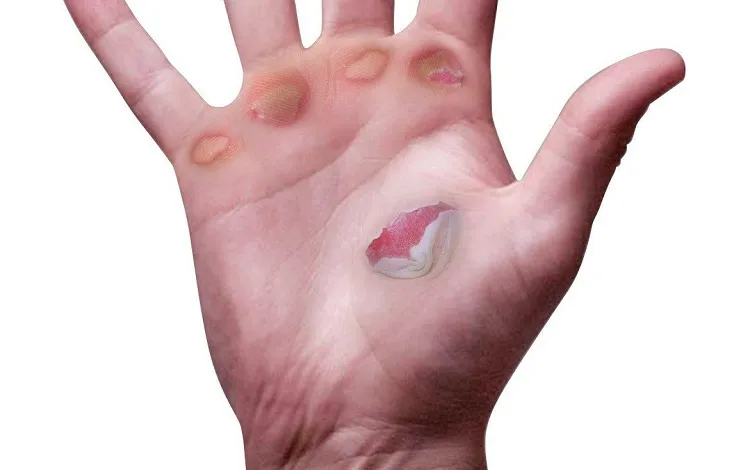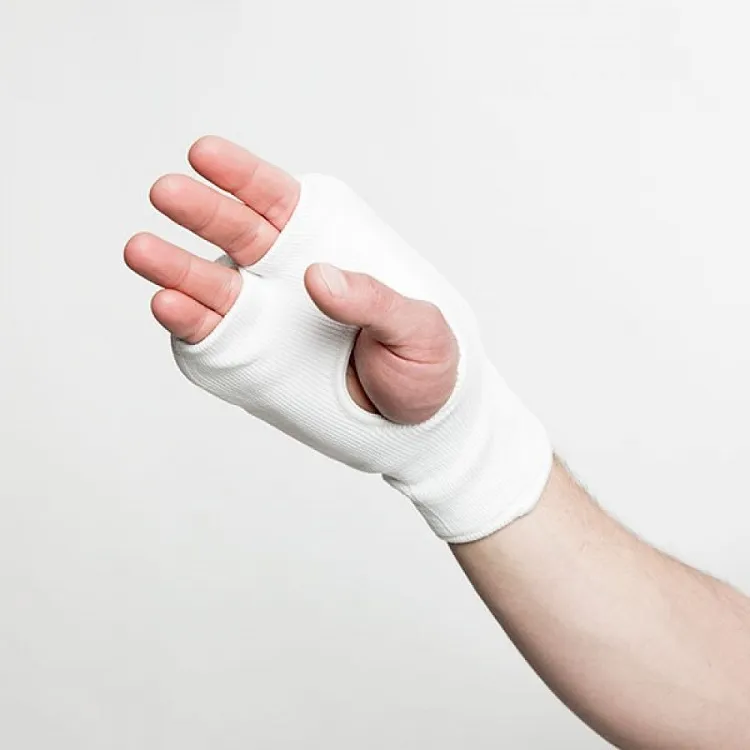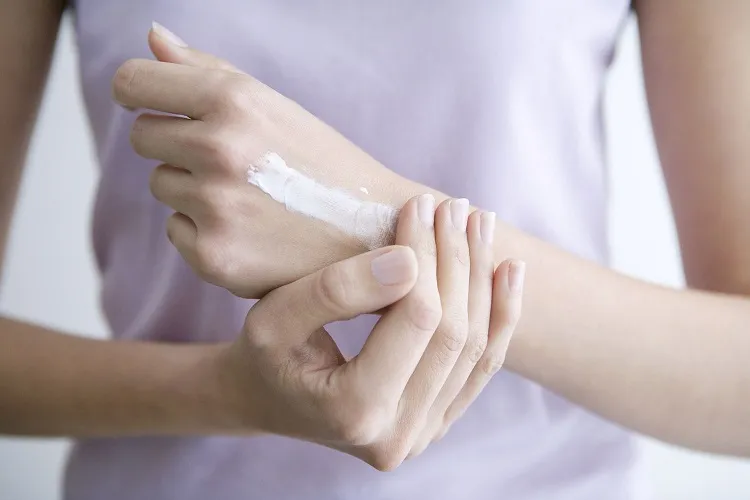Blisters on hands can be painful, and interfere much to our daily activities. So, how to efficiently cure them? What is the fastest way to heal? Let you take a closer look on how to treat blisters on hands, to promptly return to your hassle-free and energetic summer life.
How Do Blisters Appear?
Blisters are fluid-filled sacs, formed over the skin when its top layer separates from the underlying ones as a result of friction, heat, burns, or rarely on certain medical conditions. Most often, the fluid inside them is transparent, but if there is an infection, the blisters can be filled with blood or look unclear. These skin formations are often a response to repetitive rubbing or pressure on the skin, such as using tools without enough hand protection. In other cases, they may appear due to burns caused by heat or after the hands have been in contact with harmful chemicals.
What Helps Blisters on Hands?
In searching of the proper way how to treat blisters on hands, it is important to be aware of combination of procedures, which help them to cure. As they form as a natural protective response of the skin against different irritations, their appearance is a barrier that prevents the underlying tissue from damage and infection. But this necessary process can be painful and uncomfortable. So, there are some initial steps to help to heal them, and ease the pain:
- Regular wash: Prevent infection by washing the affected area gently with mild soap and water.
- Do not pop: Try not to give in to the urge to pop the blister, as it can easily cause bacteria infection.
- Avoid rubbing: Do your best not to rub or grip the affected area, which may worsen the condition.
- Wear loose clothing and gloves: This will prevent from friction, which is an important condition for the affected skin to heal.
Read also: How to Treat a Heat Rash? Here Are the Best Home Remedies That Work
Should You Cover a Blister or Let It Breathe?
Probably the most frequently asked question in connection with the issue of how to treat blisters on hands is whether to let them breathe or to cover the place. Both of these methods have their advantages, and the best solution you choose will depend on the specific case.
- Covering method: If you decide to cover the affected area with a pad or bandage, you will protect the blister from further irritation and reduce the risk of infection. This approach do not allow any friction on the affected area, and lowers the pain while going about your daily activities. Before to use the bandage or pad, keep the place moist with an ointment to speed healing.
- Leave it breathing: On the contrary, when you allow the blister to remain uncovered and expose it to the air, this helps it to dry out and heal faster. It should be noted that the last method is suitable for small, not severe affected areas, which are less likely to get further irritated.
Lastly, which method to prefer, depends on the blister size, its location on the hand, and personal judgement. In case you are not sure what to do, the best is to cover it, minimizing the risk of infection.
How to Treat Blisters on Hands the Best Way?
The best approach to treat blisters on hands requires patience and the following several steps of care till reaching a full recovery:
- Wash the blister: Clean it slightly, including the surrounding skin, with mild soap and water.
- Leave it to air or cover: Protect the place with a bandage or let it breathe on air, depending on its size and location.
- Relief of the pain: Common pain relievers like ibuprofen help to ease the pain, also reducing the inflammation.
- Do not drain: Be careful not to pop the blister, unless it becomes too large and painful. In this situation, drain it gently with a sterile needle.
- Keep it moist: If there is a need to cover the blister with a bandage, apply an antibacterial ointment to keep the area moist to promote healing.
How Long Do Hand Blisters Take to Heal?
The hand blisters healing time varies depending on their type, size, and the method with which they are treated. It could be said that the smaller of them, which are not further irritated, heal in a few days up to a week. While, for larger and irritated ones, it may take more than two weeks to recover entirely. To make the healing faster, consider well the care technique, and maintain the affected skin clean and not disturbed. If you notice signs of infection like swelling, or pus, you’d better consult a healthcare professional.
Read also: Poison ivy rash – what are the symptoms and how to treat it at home?





